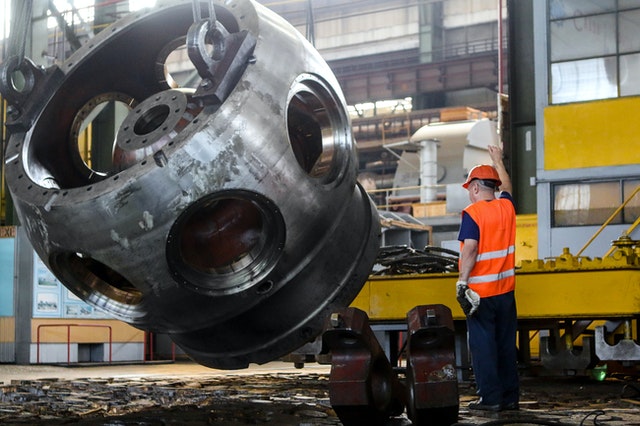
Almost-happened employee injuries, near-miss incidents, close-calls, nearly fatal accidents. These are some of the challenges that safety managers face on a daily basis, and one of the solutions for these problems is safety regulation. But how does it work in today’s modern digital industry 4.0?
Ensuring the safety of employees is one of the basic conditions and also a human right that determines a company’s reputation and role in the industry. We can agree on that every workplace is unique, however, they all have one common goal when it comes to their employees: providing them with safe and healthy working environment.
A number of laws and programs formulate, describe, and prescribe what kind of safety measures must be followed, such as personal protective equipment in forms of helmets, gloves or safety shoes, and what educational materials and trainings must be provided in order to ensure that employees work in a safe, injury-free environment.
These proactive practices aim to minimize risk of accidents and injuries, but how can we make sure that all employees comply with health and safety rules? The answer is simple: we cannot. In a large production area, warehouses, manufacturing facilities, it could be hard to detect every any kind of neglection or hazardous behavior. In many cases because employees “don’t believe they’re in danger”. According to Steve Casner, research psychologist: “We tend to overestimate our ability to do literally everything and underestimate the risks we face while doing it,”.
By gaining routine and professionalism at work, employees may tent to develop a stubborn behavior and follow their own paths and way of doing their job, however, experience does not make anyone immune to injuries and accidents.
“We tend to overestimate our ability to do literally everything and underestimate the risks we face while doing it,”.
Such misbehavior of workers results unreported near-miss incidents, serious injuries and in the worst case, death. Experts say that the most effective way to improve safety rules is to speak the workers’ language.
Unfortunately, we still cannot be absolutely certain that finding a “common language” would describe the solution for serious unreported near-miss incidents coming from the self-confidence of workers.
Serious detection of those near-miss incidents would increase the safety level. Today usually only 8-10% of near-miss incidents are noticed and reported which signals a significant urge for improvement. Digitalization might be the answer for that. By the use of digital tools, incident reporting cannot only happen in a manual way anymore – software detects whether workers are using the required protective equipment, such as a helmet or gloves, and immediately alerts the safety officer if it notices any deficiencies preventing any accidents and injuries.
The artificial intelligence assists you in enforcing the safety management rules, which will improve prevention – no near-miss accidents go unnoticed, reduce costs, increase productivity and the confidence of employees, and increase the company’s image in the industry.
Be Global Safety by using AI detects those near-misses and provide you analysis with user-friendly dashboard, which helps you to save time on audits and discover which areas need more ‘safety’ attention.
How often do you face near-miss problems? Which areas are the most hazardous? How do you identify such areas if only 8-10% of near-misses are reported?
